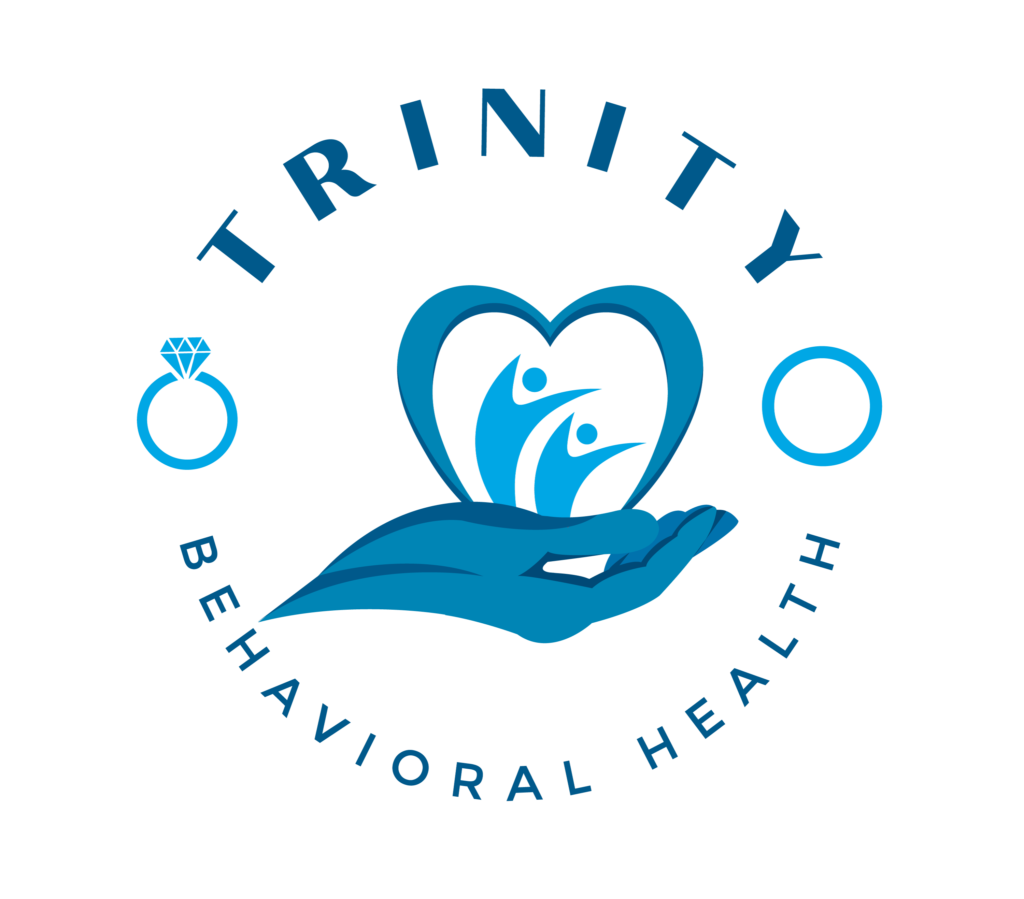Every exceptional virtual intensive outpatient program (IOP) recognizes that recovery doesn’t happen in a vacuum. The best virtual iop programs build in systematic feedback loops—gathering insights from participants, clinicians, and family members—to fine‑tune care in real time. By listening closely to the people they serve, these programs stay agile, personalized, and truly attuned to each individual’s journey.
Leveraging Continuous Feedback for Personalized Care
From the very first session, top‑rated virtual IOP programs invite participants to share their experiences. Digital check‑ins, secure messaging platforms, and brief post‑session surveys make it easy to voice concerns or celebrate breakthroughs. Clinicians review this data daily, adjusting therapeutic modules, pacing, or homework assignments as needed. This ongoing dialogue ensures that no one feels “stuck” in a one‑size‑fits‑all curriculum.
For example, if a participant reports feeling overwhelmed by group sessions, their counselor might suggest more one‑on‑one coaching calls or supplemental mindfulness exercises. Conversely, if someone thrives in peer discussions, the program can increase the frequency of small‑group check‑ins. By continually calibrating treatment based on real feedback, the best virtual iop programs ensure every individual moves forward at the right pace.
Couples Therapy and Feedback Integration
Many virtual IOPs now offer specialized tracks for couples—because recovery can be more sustainable when partners heal together. In these programs, couples stay together, room together, heal together from the safety and privacy of their own homes. Each partner completes individual feedback forms, and a socially designated couples therapist reviews them jointly.
This dual‑therapist model means you work with one clinician for your personal challenges and another for relationship dynamics. Feedback from both partners shapes session topics—whether that’s improving communication, navigating trust issues, or celebrating small victories together. By weaving partner‑to‑partner perspectives into ongoing care, the best virtual iop programs strengthen both individual resilience and relationship bonds.
Creating a Pet Friendly Environment for Healing
Recovery isn’t just about what happens in therapy sessions—it’s also about feeling supported at home. That’s why many leading virtual IOPs emphasize pet friendly policies. Whether you have a dog lounging beside you during group therapy or a cat curled up during journaling exercises, your animal companion becomes part of your support system.
Programs encourage you to share photos or anecdotes about your pet during check‑ins, and some even host virtual “pet breaks” where animals make a cameo on screen. This simple gesture reduces anxiety, boosts morale, and reminds participants that healing can happen in a warm, accepting environment—fur and all.
Navigating PPO Insurance Coverage for Virtual IOP
Worried about cost? You’re not alone. Fortunately, most PPO insurance plans typically cover the bulk of virtual IOP services. This often includes assessments, therapy sessions, group workshops, medication management, and even fun sober activities—so you can focus on recovery without financial strain.
When you submit your PPO information, the program’s intake coordinator handles benefits verification, co‑pay estimates, and any necessary pre‑authorizations. As feedback comes in—say, if you need extra medical visits or specialized workshops—the billing team works with your PPO provider to secure coverage. This seamless insurance support ensures that adjustments driven by your feedback never get derailed by paperwork.
Why Choose Us?
-
We prioritize your voice: real‑time surveys and one‑on‑one check‑ins keep your experience front and center.
-
Couples heal together: dedicated couples therapists ensure your relationship strengthens alongside individual recovery.
-
Pet friendly support: invite your animal companion into your healing space for comfort and connection.
-
PPO insurance expertise: our benefits team simplifies coverage so you can focus on what matters—your well‑being.
-
Flexible scheduling: multiple evening and weekend sessions let you balance recovery with work, family, and other commitments.
Conclusion
In the evolving landscape of telehealth, the best virtual iop programs stand out by centering feedback as the engine of lasting recovery. Through continuous data collection, responsive treatment adjustments, and personalized support—from couples therapy to pet friendly care—these programs create dynamic, deeply human experiences. With PPO insurance handling the financial details and a dedicated team listening to your every insight, you’re empowered to grow stronger every step of the way.
Read: Can patients request specific types of therapy in the best virtual IOP programs?
Read: How do the best virtual IOP programs help with decision-making skills?
Frequently Asked Questions
Q: How do the best virtual IOP programs incorporate feedback into ongoing care?
A: Leading virtual IOPs gather feedback through digital check‑ins, secure messaging, and post‑session surveys. Clinicians review this information daily, adjusting therapeutic modules, session formats, or pacing based on each participant’s needs—ensuring a personalized, responsive recovery journey.
Q: Can couples stay together and participate jointly in virtual IOP sessions?
A: Yes. In dedicated couples tracks, partners stay together, room together, heal together from home. A socially designated couples therapist coordinates joint sessions, while individual therapists address personal challenges—guided by feedback from both partners.
Q: What makes a virtual IOP program pet friendly?
A: Pet friendly virtual IOPs encourage participants to include their animals in sessions, share photos or stories during check‑ins, and even host virtual pet showcases. This approach reduces stress, boosts morale, and fosters a healing environment tailored to your life at home.
Q: Does PPO insurance cover virtual IOP programs?
A: In most cases, yes. PPO plans typically cover assessments, individual and group therapy, medication management, and supplementary workshops. The program’s intake team handles verification and pre‑authorizations, so feedback‑driven adjustments don’t become financial obstacles.
Q: How often is feedback collected during a virtual IOP?
A: Feedback is usually collected after every session via quick surveys, and participants can send real‑time messages through secure platforms. This constant flow of insights allows clinicians to make weekly—or even daily—treatment adjustments tailored to your evolving needs.
